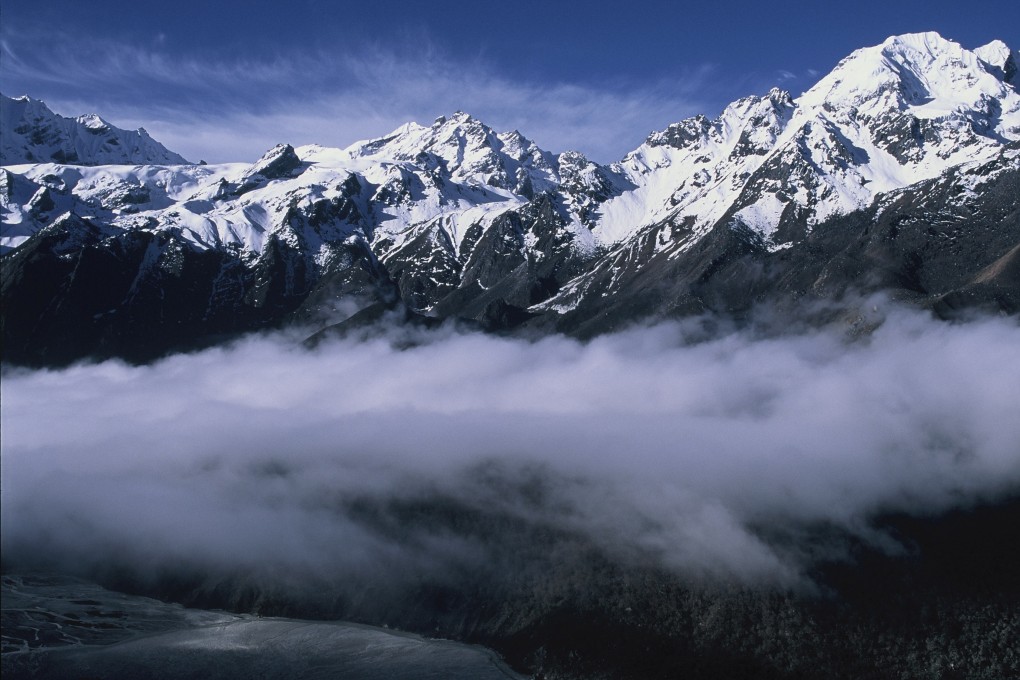Advertisement
Opinion | Urgent action needed to save Hindu Kush Himalaya, the world’s ‘water tower’
- Low snow levels and an alarming glacial melt rate amid an Asian heatwave underline the need for countries to collaborate in climate action
Reading Time:3 minutes
Why you can trust SCMP
1

Heatwaves across Asia are underscoring the immediate and severe impact of climate change. My country India is grappling with record-breaking temperatures, with some parts of northern India exceeding 50 degrees Celsius. China is also bracing for an unusually hot summer, which follows 2022’s worst heatwave on record with abnormally high temperatures lasting over 70 days.
Advertisement
This extreme weather coincides with alarming findings from the annual Snow Update Report by the International Centre for Integrated Mountain Development (ICIMOD). The report shows snow levels are almost a fifth below normal in the Hindu Kush Himalayan region this year, with experts advising water officials to initiate drought management and pre-emptive emergency water supply strategies.
The disastrous impact of climate change is seen first on mountains, and this puts downstream countries on the frontline of the crisis, particularly the eight that make up the Hindu Kush Himalaya – Afghanistan, Bangladesh, Bhutan, China, India, Myanmar, Nepal and Pakistan – which encompasses the highest mountain ranges in the world.
The Hindu Kush Himalaya, known as the world’s “water tower”, is a single ecological unit, divided by political boundaries but unified by natural assets such as mountains, rivers and biodiversity. Importantly, it is the source of 10 large Asian river systems – the Amu Darya, Indus, Ganges, Brahmaputra, Irrawaddy, Salween, Mekong, Yangtze, Yellow River and Tarim – serving two billion people.
Protecting these assets, such as by slowing glacier melt, is therefore critically important – but impossible without regional collaboration.
Advertisement
Another recent ICIMOD study confirms the region is undergoing unprecedented, and likely to be irreversible, change. Glaciers are melting at an alarming rate, and based on current projections, scientists predict that two-thirds may disappear by the end of the century. The 79 glaciers that surround Mount Everest, for example, have thinned by over 100m in just six decades, and the rate of thinning has nearly doubled since 2009.

Advertisement
-Hindu.jpeg?itok=Z8rXwpOZ&v=1719369743)